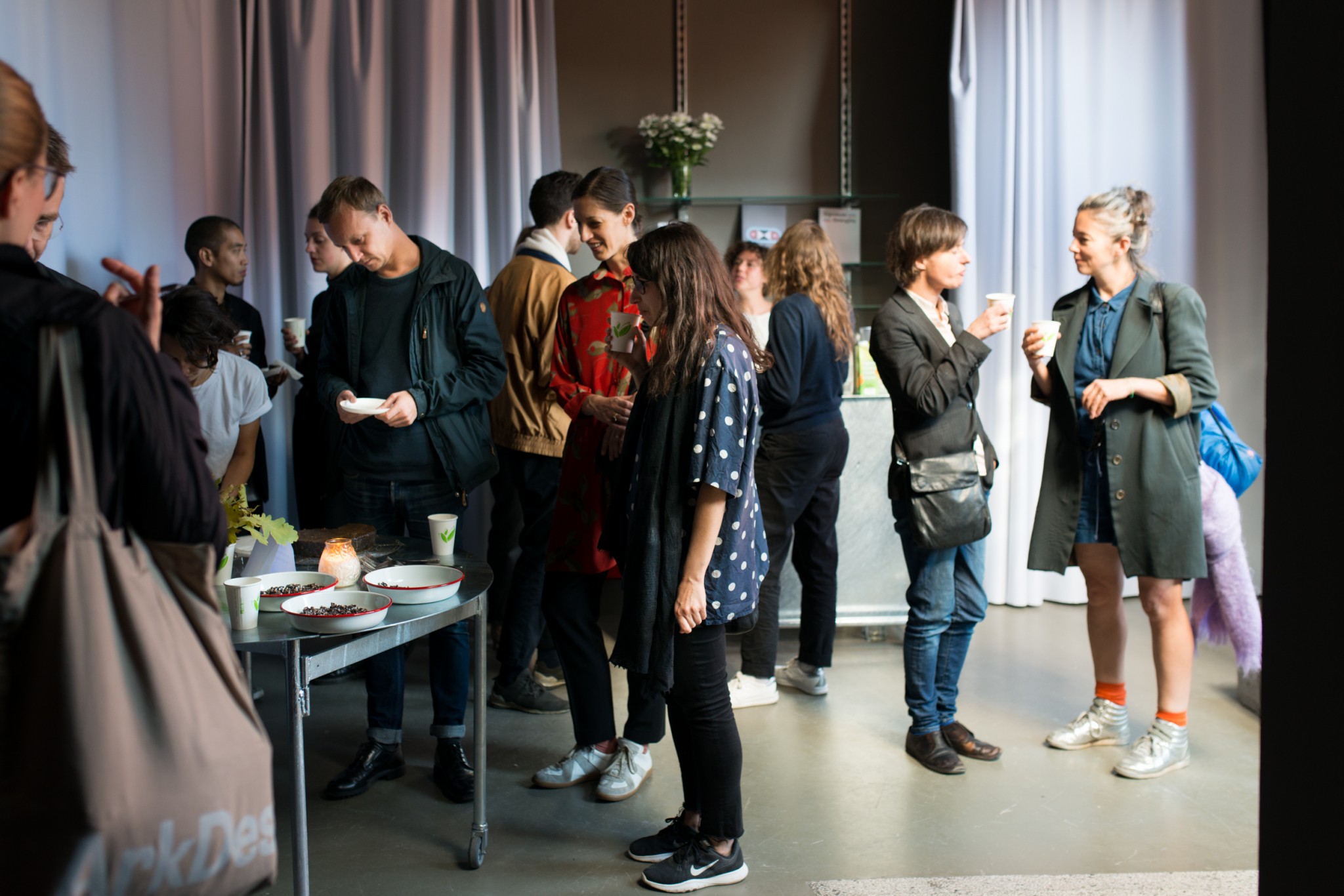
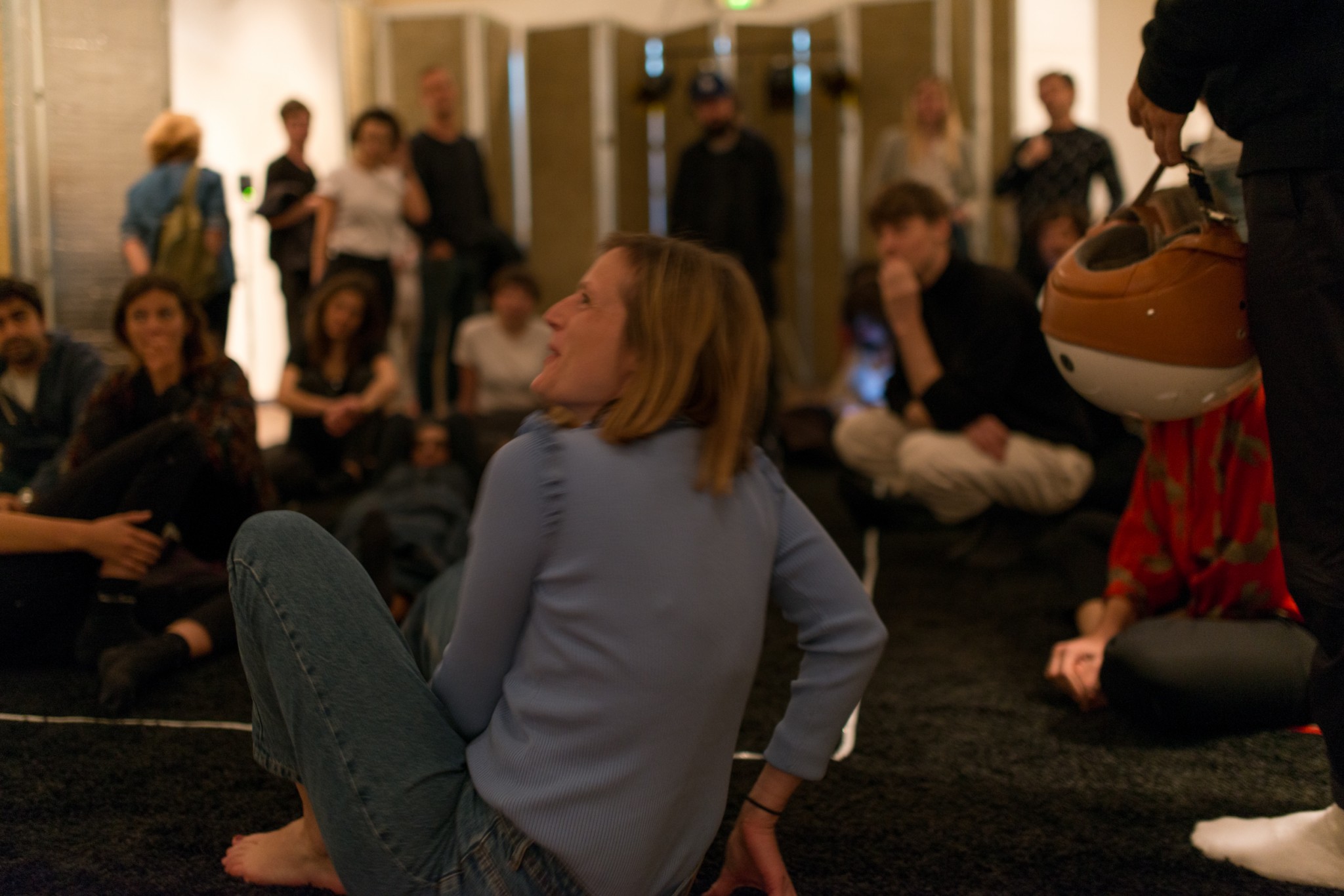
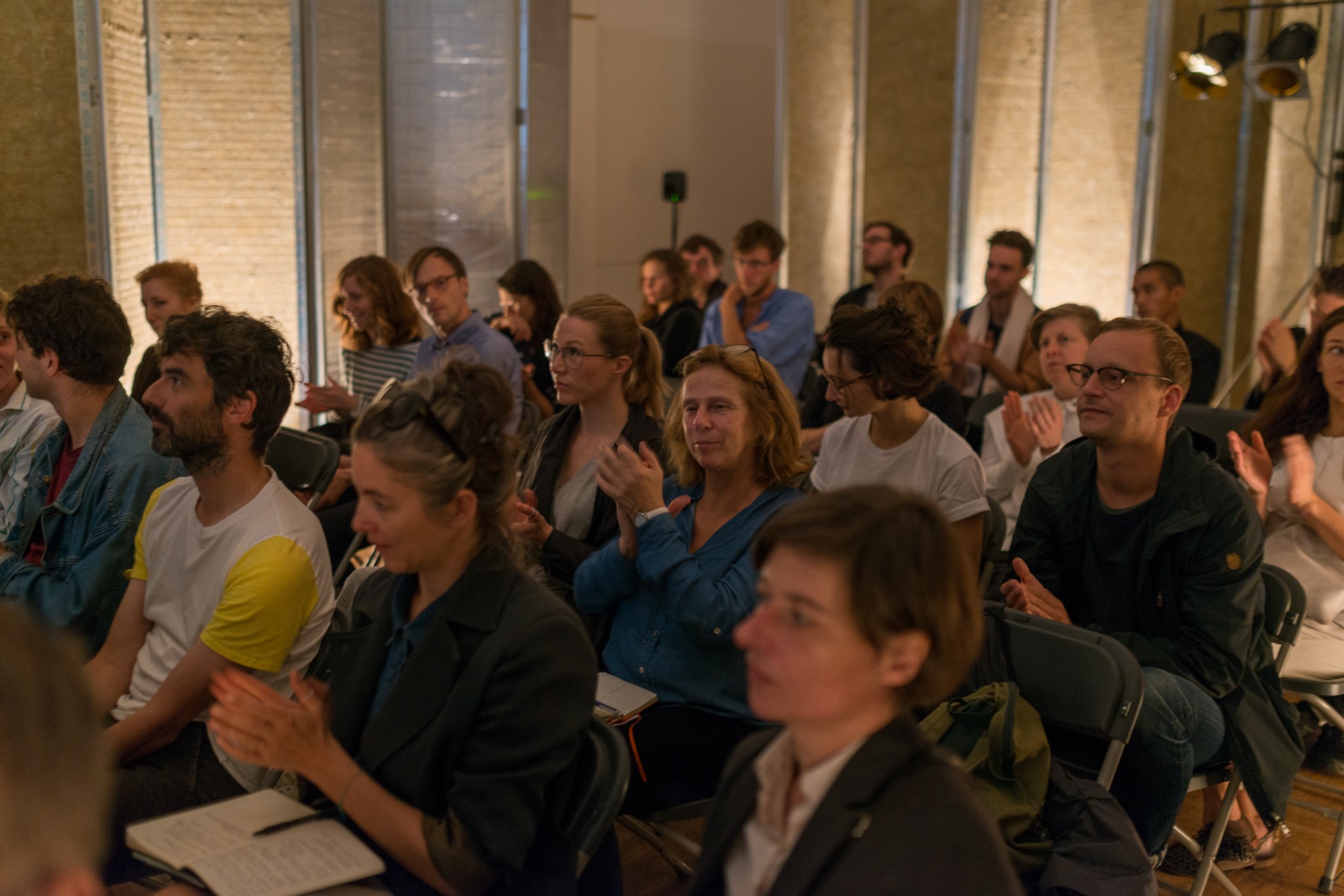
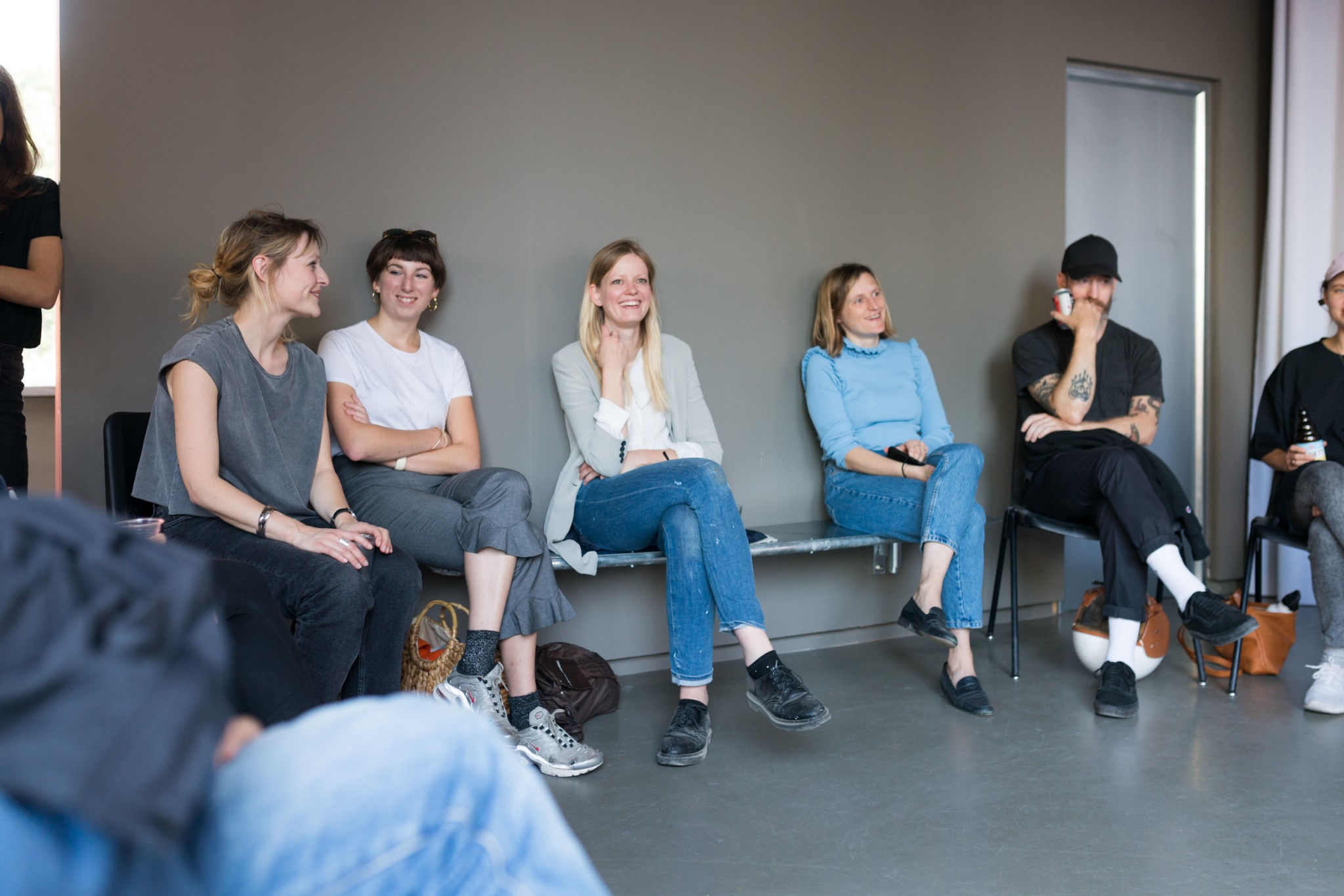
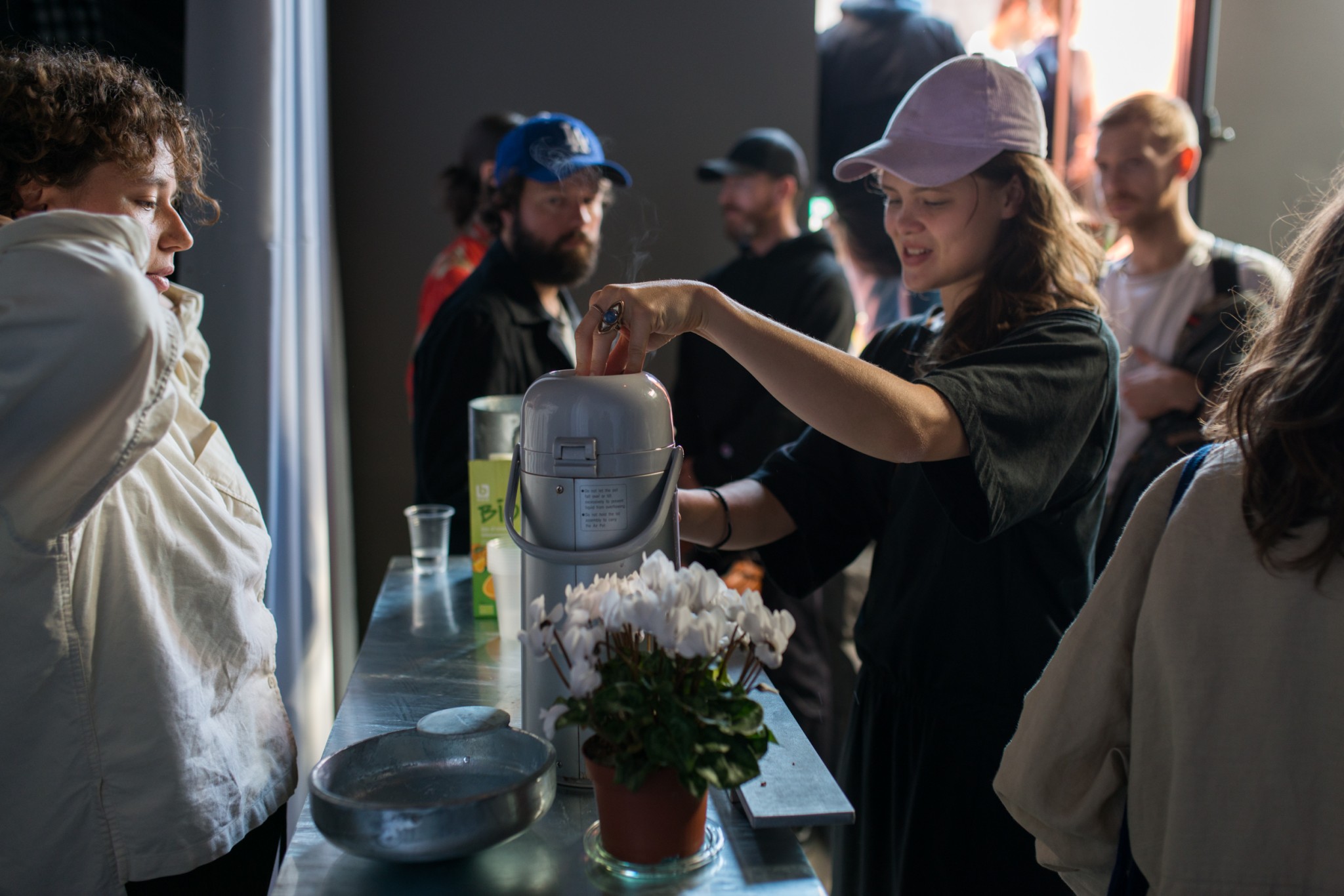
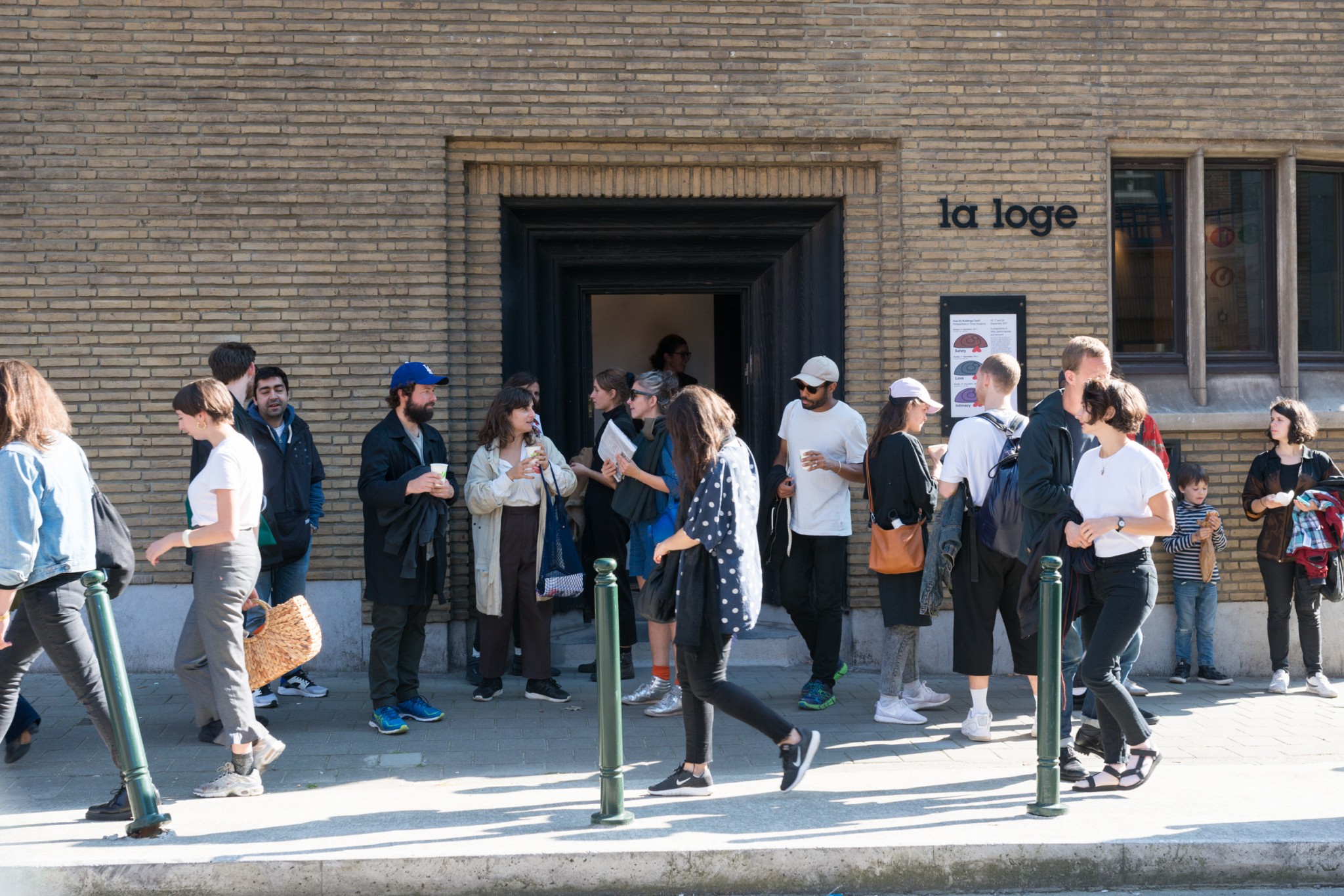
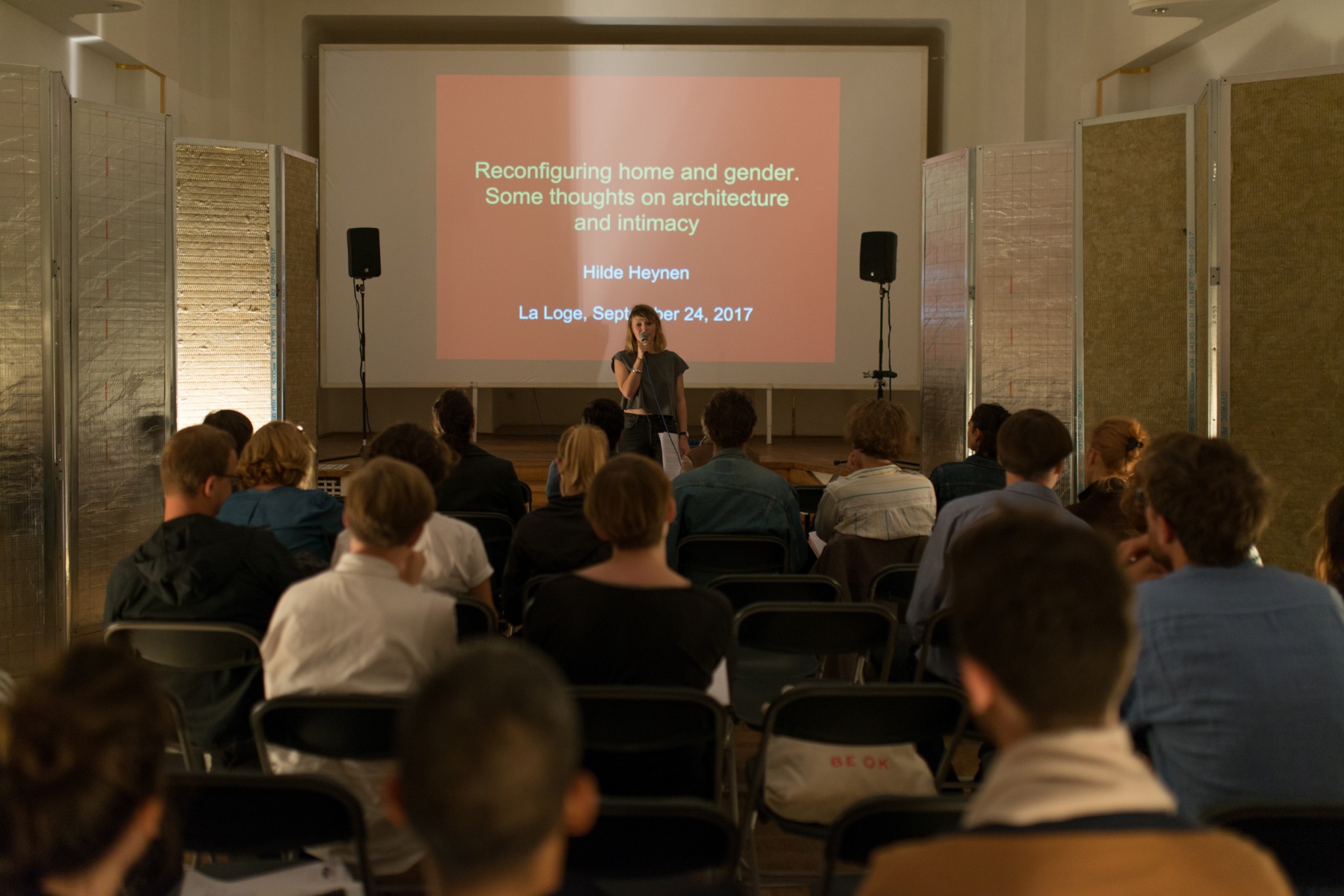
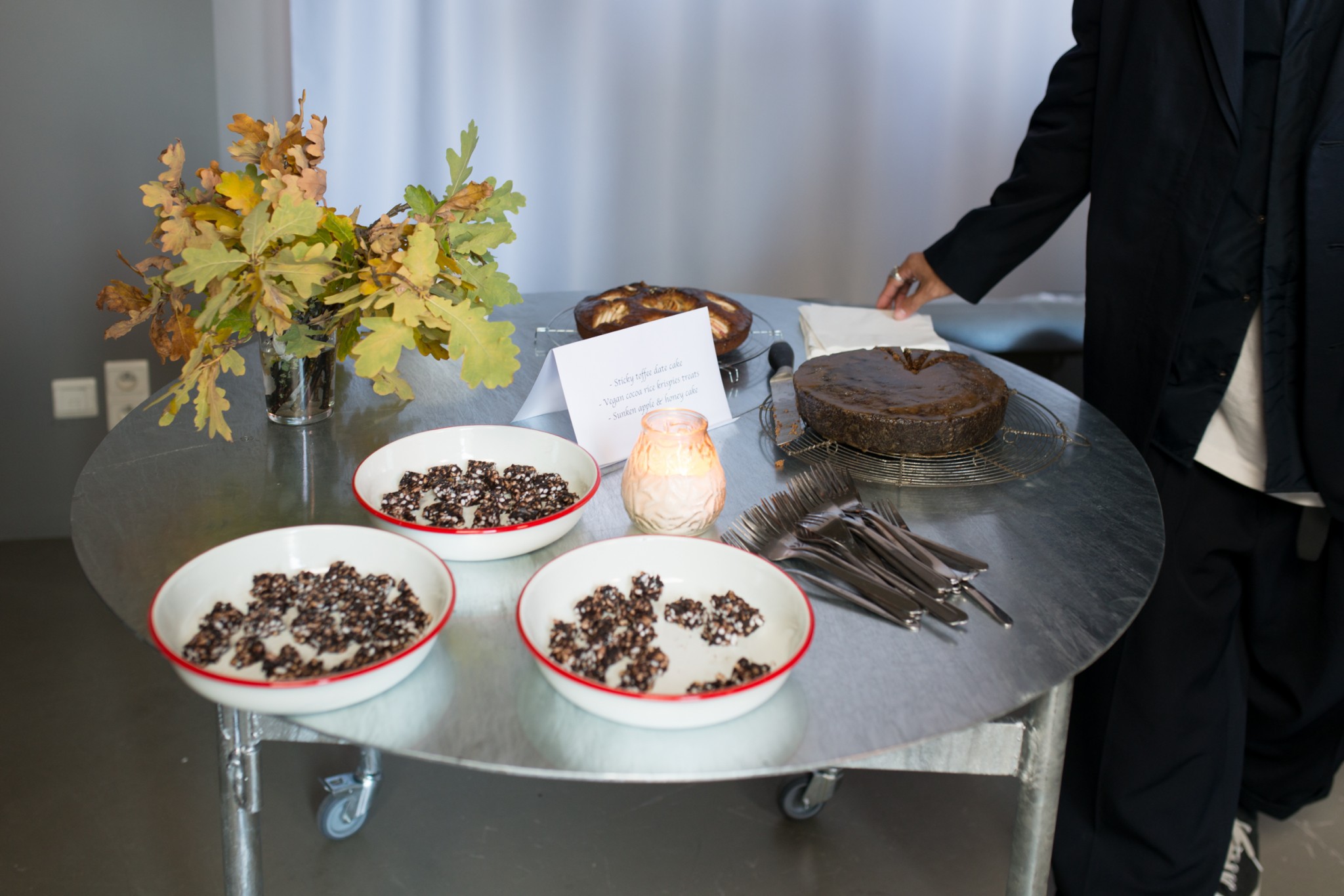
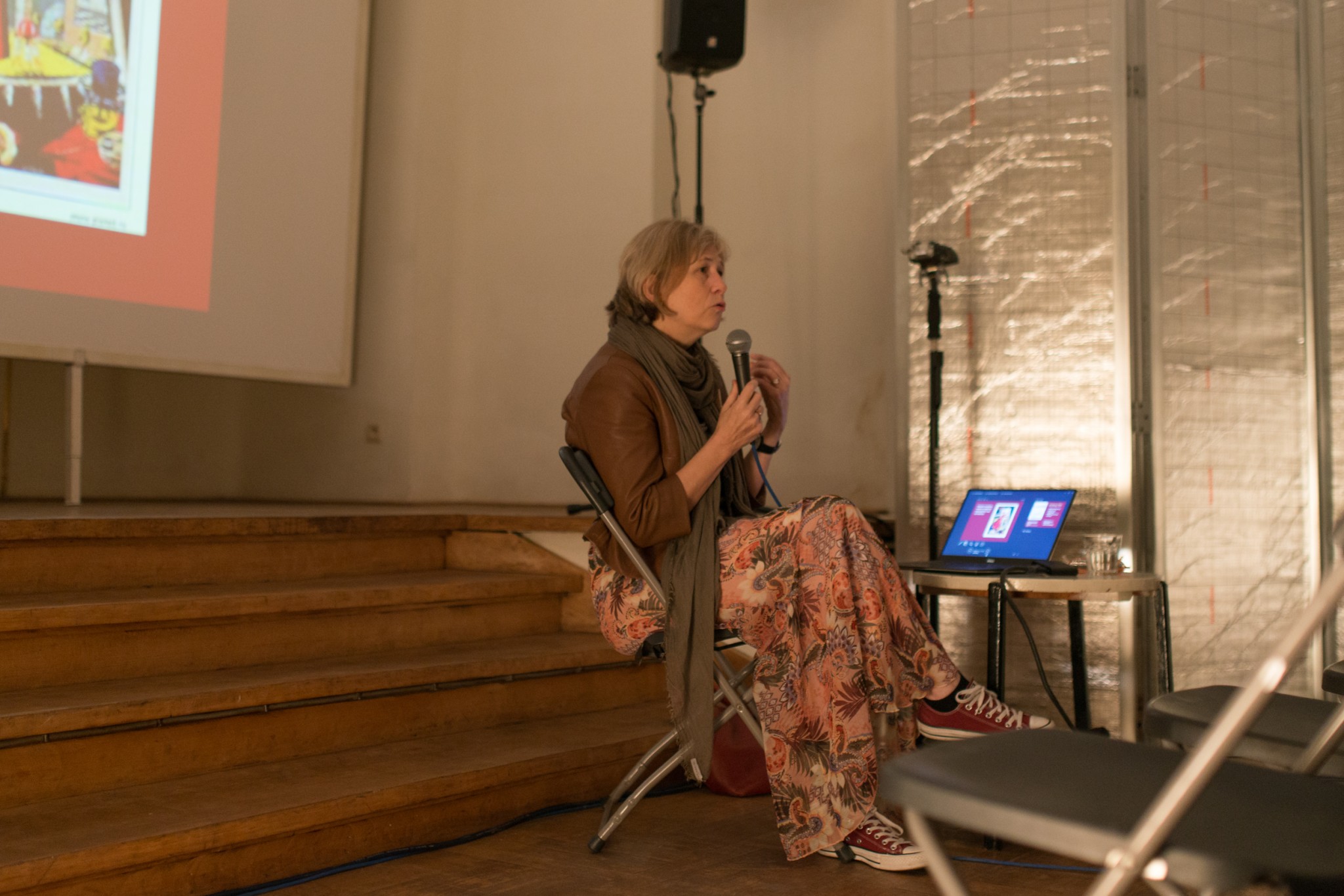
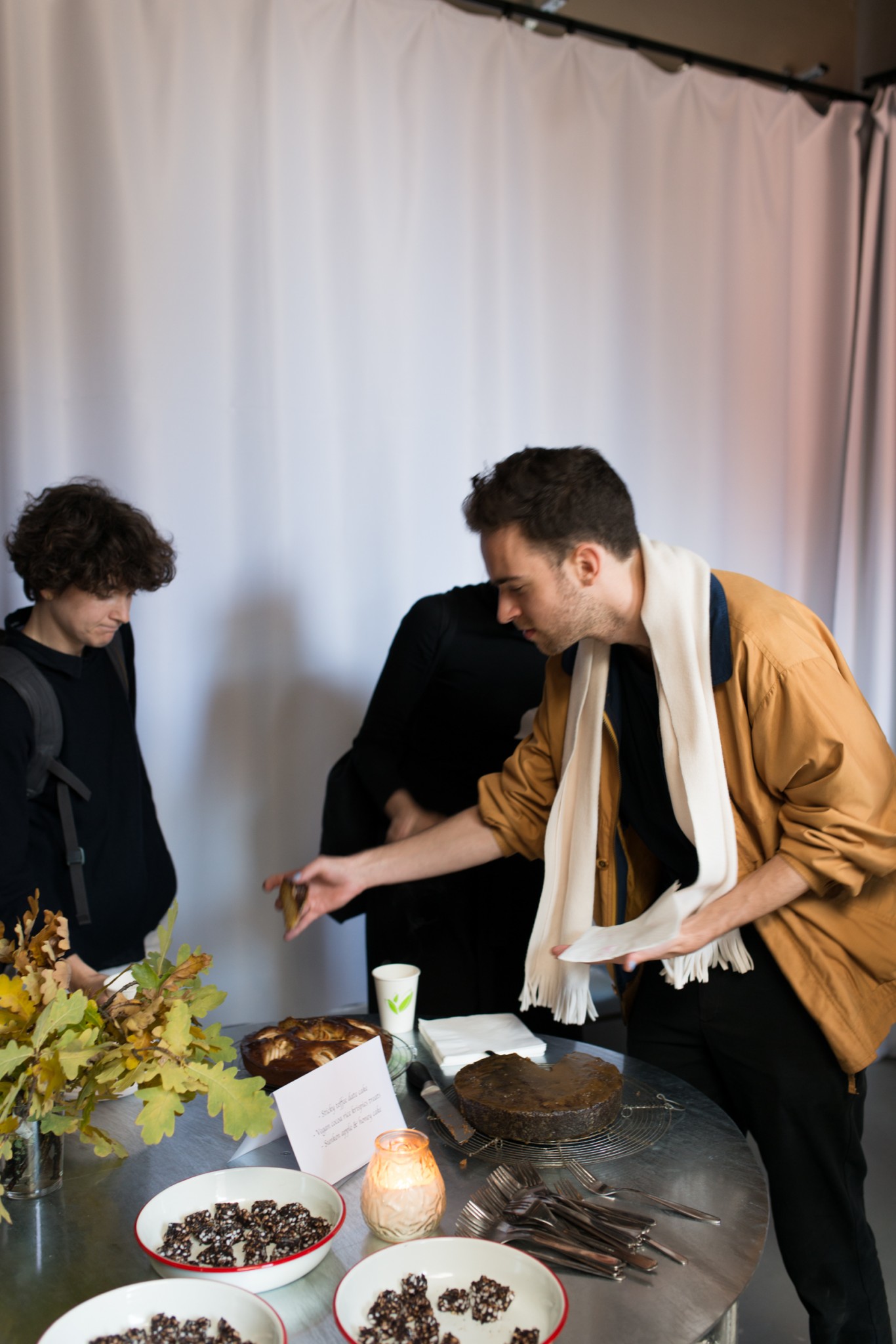
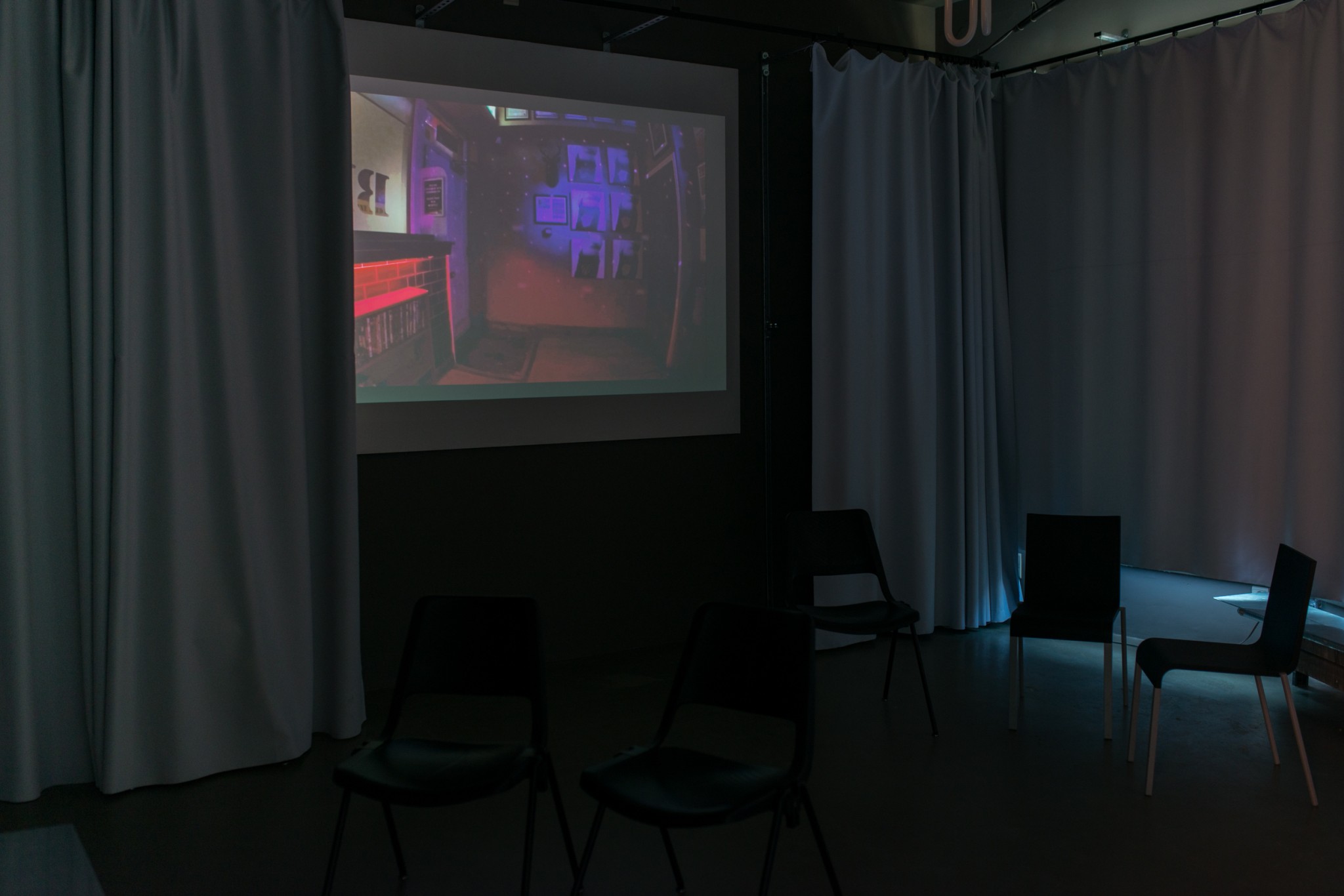
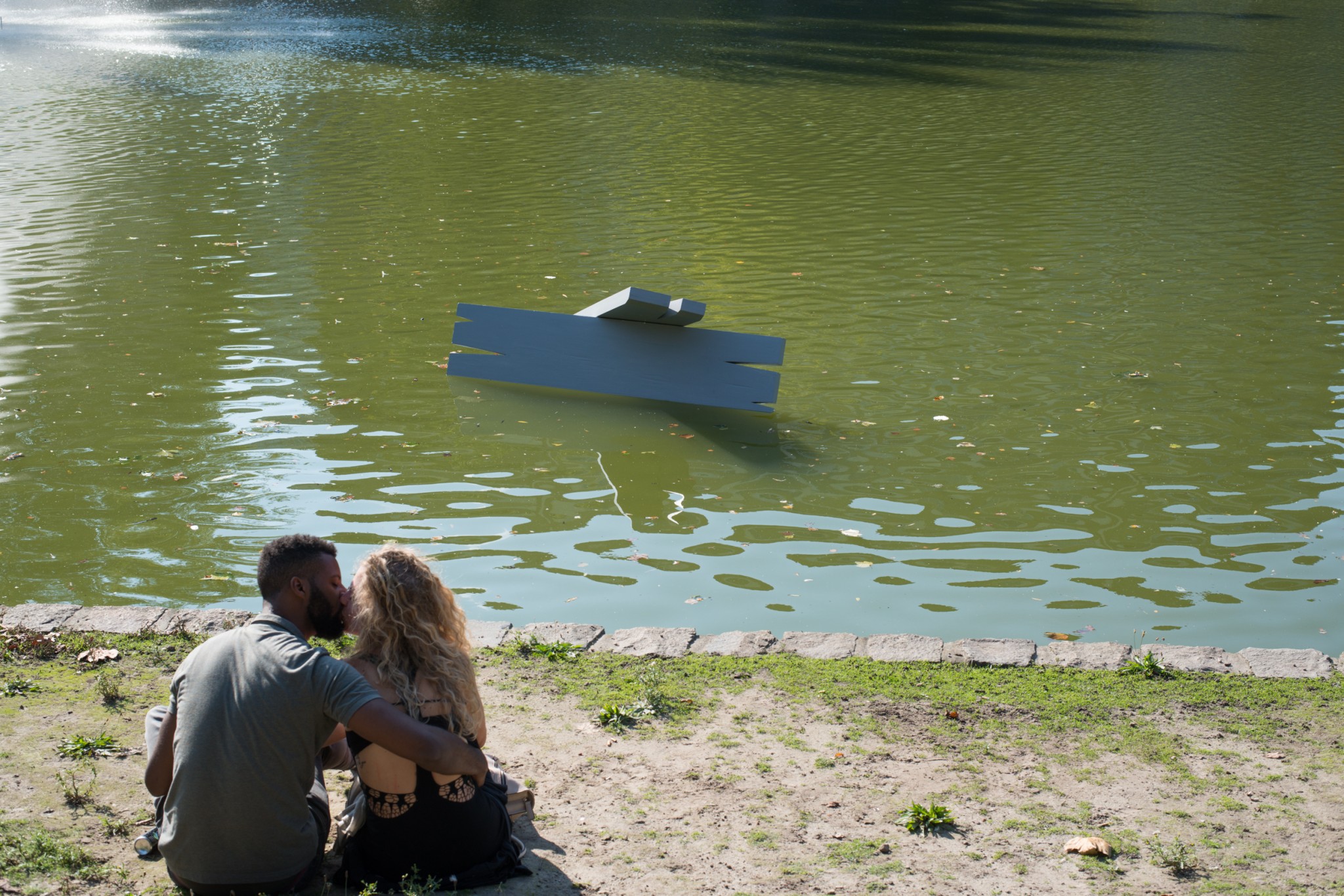
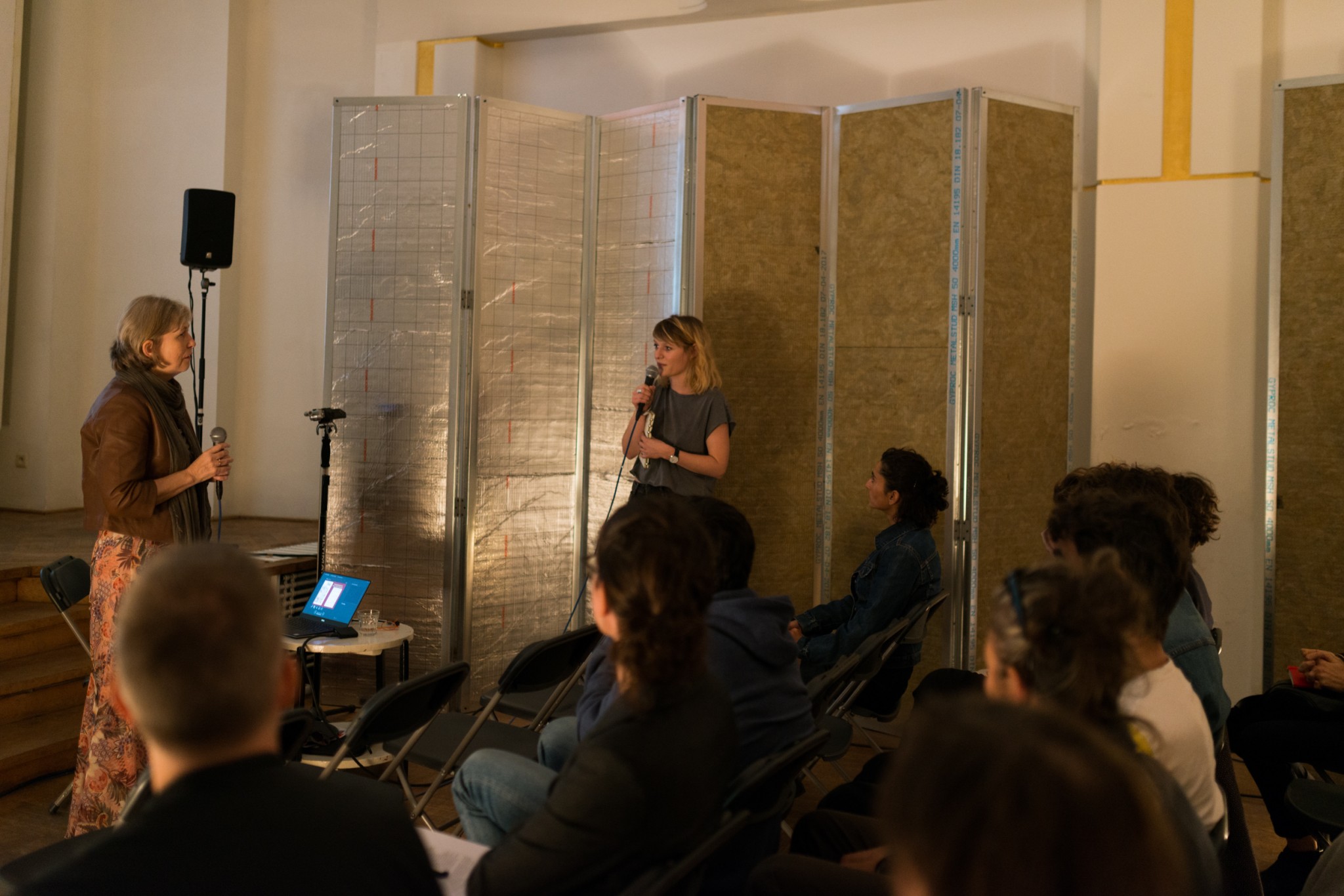
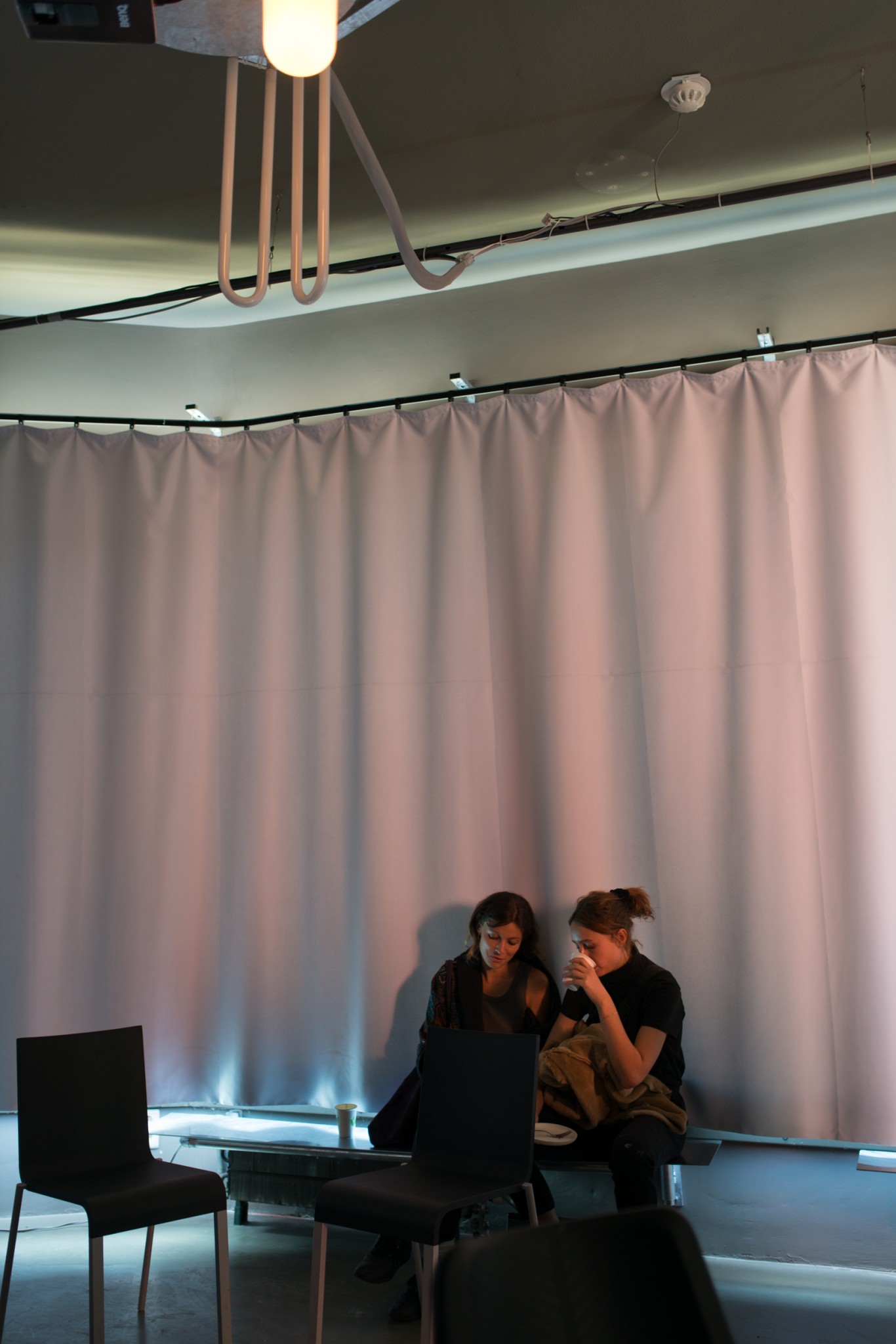
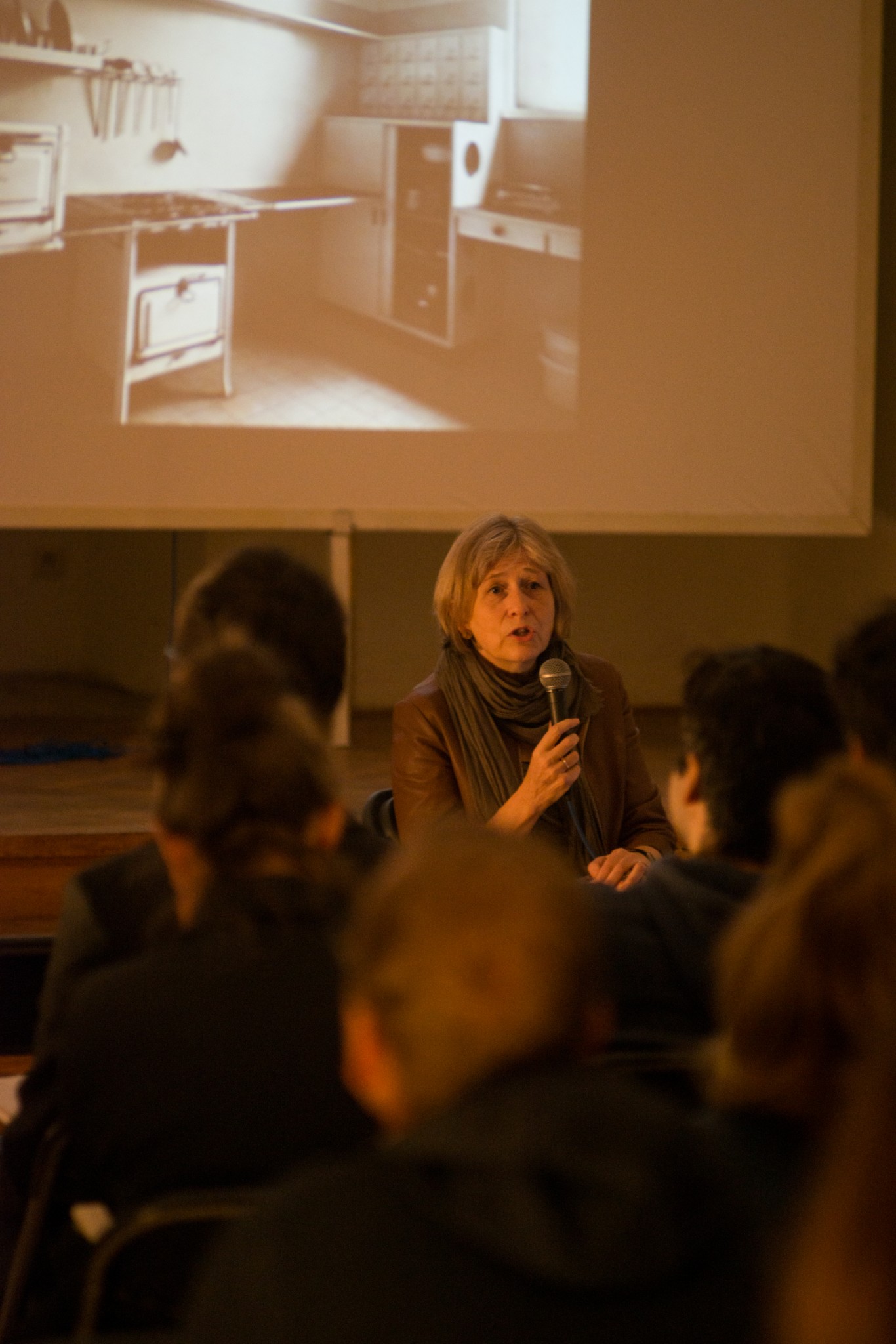
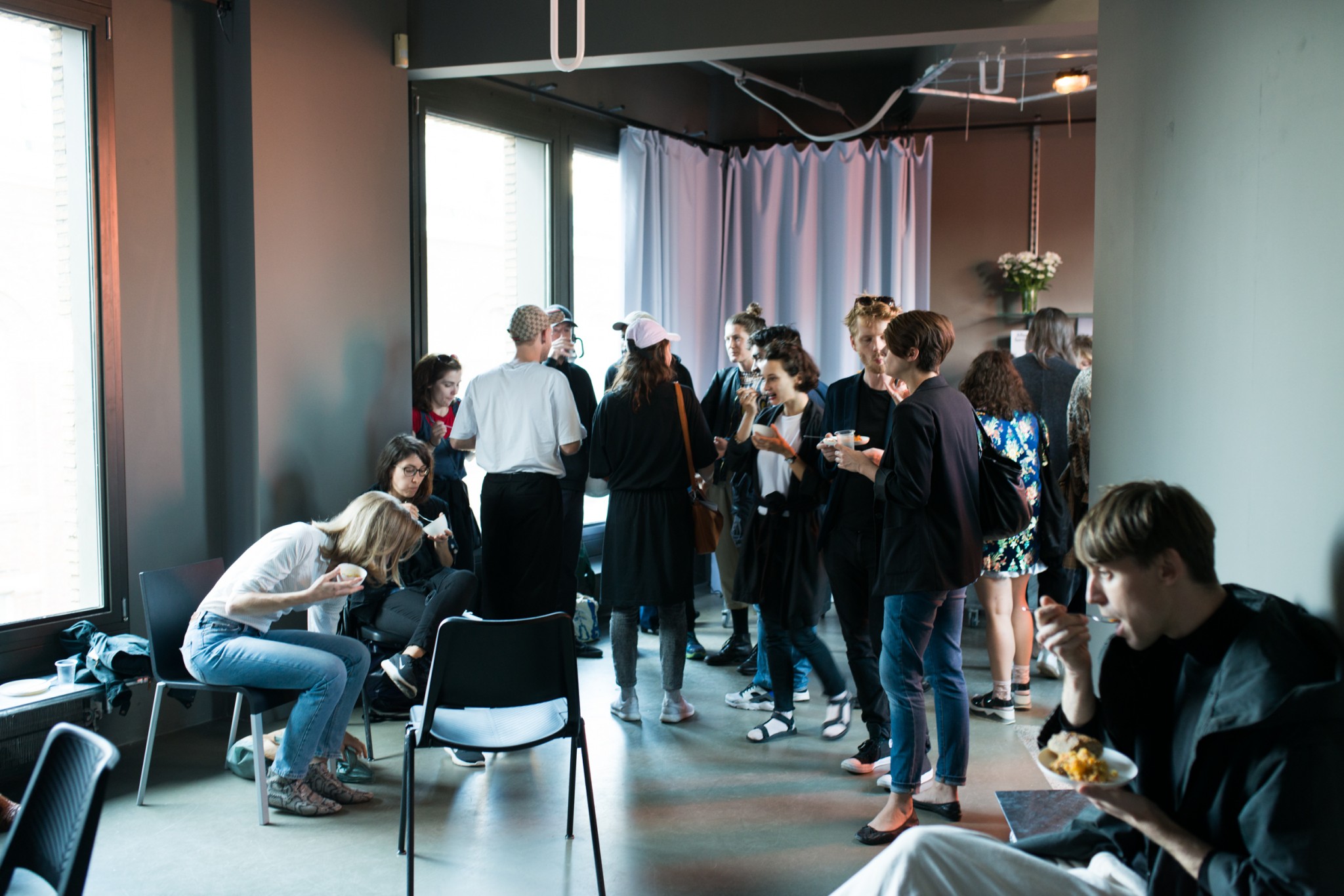
Session 3: Intimacy
Ongoing: Uk Gay Bar Directory (2015), a film by Hannah Quinlan and Rosie Hastings (duration: 300’00”)
Uk Gay Bar Directory is a moving image archive of over one hundred gay bars, filmed in thirteen cities across the UK, intended both as an art work and a cultural resource the directory is a critical reflection on the changing nature of the UK Gay Bar scene.
13:00: a film by Ingel Vaikla (duration: 28’15”)
In her work, Vaikla uses film to mediate the relationship between community and space. How do particular groups of people perceive their environment, and what does it tell us about how they see themselves?
13:30: Le Vele di Scampia (2009), a stop-motion film by Tobias Zielony (duration: 9’00”)
Le Vele di Scampia is a futuristic housing estate in northern Naples and a Camorra battlefield. Conceived by Francesco di Salvo in the late seventies and widely recognised for their urbanistic, Le Vele (The Sails) were squatted by mafia families even before completion. Today the building complex is a symbol of the Camorra’s power in the Naples region and a key centre of European drug trafficking. Matteo Garrone shot his movie Gomorrabased on the Novel by Roberto Saviano on the site in 2008. Le Vele di Scampia originates in this very place. Seven thousand single images, shot at night with a digital single-lens reflex camera, are used to create nine minutes of animation film.
14:00: Reconfiguring Home and Gender. Some Thoughts on Architecture and Intimacy by Hilde Heynen
The ideology of the home is very strongly present in Western culture, as in many others. Since the 19th century this ideology associates home with a female presence, with nurturing and care, with families. These conceptions translate into specific architectural patterns that dominate the landscape of domesticity: homes are supposed to contain at least a living room, a kitchen, a bathroom, a master bedroom and possibly some additional bedrooms. Homes thus can be seen as petrifying and eternalizing the heterosexual matrix, which assumes that families consist of father, mother and children. Material feminists and queer activists have long been arguing that alternative patterns need to be accommodated. This proves to be difficult in a world where real estate logics, planning codes and legal frameworks are favoring the status quo. The lecture will address the gendered features of the home and will give a brief overview of architectural experiments that question the suitability of the dominant model.
15:00: Afternoon tea by Eléonore Jacquard in Les Agapes, a commissioned installation by Stéphane Barbier Bouvet
15:30: Public installation and a walk to Etangs d’Ixelles with Elise van Mourik
Drawing on the subject of individualisation and authenticity Elise van Mourik proposes a play of objects floating in the Etangs d’Ixelles. Set in the early modern park design, this installation emanates a sense of remoteness and a reflection on intimacy and connectivity in an increasingly constructed and scripted or even automated environment.
16:15: Some Unrelated Stories, a performative lecture by Andros-Zins Browne
At La Loge, Zins-Browne will weave the public through several short, seemingly unrelated stories. In a pitch dark room, these stories will try to shed some light on what allows and prevents the intimate to emerge. Some of his recent work has attempted to subvert the distance usually imposed by theaters, and to allow encounters with the public that disrupt what he considers choreographic objects. In his performances, these disruptions are the cracks and leaks that are written into the inevitable and predetermined and that hold the potential for intimacy. For this event, he’ll offer several parables – taking place in a children’s playground, a dictator’s tent, an idiosyncratic psychoanalyst’s office... which relate in one way or another to his consideration of the intimate.
17:00: Drinks & Snacks by Eléonore Jacquard in Les Agapes, a commissioned installation by Stéphane Barbier Bouvet
17:30: Slow Reading Club with Bryanna Fritz and Henry Andersen
At La Loge, SRC will lead the public through a number of choreographic reading situations. SRC does not aim at deconstruction or even comprehension of the texts, but at the production of a kind of excess: to temporarily suspend criticality for intimacy and to negotiate agencies with the text.
Participants
Cookies is a collective of four designers based in Rotterdam. Formed by Antonio Barone, Alice Grégoire, Federico Martelli and Clément Périssé in 2015, Cookies works as a platform and catalyzer for art and architecture. Using exhibition-making as a medium, Cookies explores the relation between art, research, display, curating and architecture.
Hilde Heynen (BE, °1959) is a professor of architectural theory at the University of Leuven, Belgium. Her research focuses on issues of modernity, modernism and gender in architecture. In Architecture and Modernity. A Critique (MIT Press, 1999) she investigated the relationship between architecture, modernity and dwelling. She also engaged with the intersection between architecture and gender studies, resulting in the volume Negotiating Domesticity. Spatial productions of gender in modern architecture (co-edited with Gulsum Baydar, Routledge, 2005). She co-edited the Sage Handbook of Architectural Theory (with Greig Crysler and Stephen Cairns), which was published in 2012. She regularly publishes in journals such as Home Cultures, The Journal of Architecture, Interiors, etc. Hilde Heynen studied architecture and philosophy at the University of Leuven, where she also received her PhD. She was a J Paul Getty postdoctoral fellow, a research fellow at the Radcliffe Institute (Harvard University), and held visiting positions at MIT (Cambridge, Mass.), at the AA-school (London) and at RMIT (Melbourne). She is currently president of the European Architectural History Network (EAHN).
Joanna Hogg (UK, °1963) is a director and writer, known for Archipelago (2010), Unrelated (2007) and Exhibition(2013). She has directed Harold Pinter's unproduced film screenplay adaptation of the short story by Karen Blixen "The Dreaming Child" for Radio 4, and has co-curated the retrospective exhibition of film maker Chantal Akerman's installation work, "Chantal Akerman NOW".
Hannah Quinlan (UK, °1991) and Rosie Hastings (UK, °1991) graduated from Goldsmiths, University of London in 2014. Their work centers themes of queerness and resistance, and includes an ongoing project @Gaybar, wherein the artists rematerialise the historic gay bar as a container for queer practice.
Slow Reading Club (SRC) is a semi-fictional reading group initiated by Bryana Fritz and Henry Andersen.The group deals in constructed situations for collective or individual reading. SRC looks at, probes, and interrupts ‘readership’ as a way to stimulate the contact zones between reader and text, text and text, reader and reader.
Henry Andersen (AU, °1992) is an artist whose projects typically centre on written text and evolve through open-ended collaborations with friends. Andersen is interested in poetry, architecture, and erotica. He has presented work in a number of festivals, exhibitions, and other platforms. He recently released a record of spoken text, Stanzas or the Law of the Good Neighbour, with the Belgian label KRAAK.
Bryana Fritz (US, °1989) is a dancer, performance maker, and unpublished poet. After her studies at the University of Minnesota, Folkwang Hochschule, and finally P.A.R.T.S., she worked with Robin Vanbesien, Sarah & Charles, Xavier Le Roy, Anne Teresa De Keersmaeker, and Eszter Salamon. Fritz often collaborates and has made performances with Christoffer Forbes Schieche, including The Breakfast Club (2012) and Sixteen Candles (2015). She is currently working on a solo and other manifestations (publications, music, and videos) under the title BLUE.
Elise van Mourik (CH, °1988) is an artist whose practice mainly explores the manipulation of reality and fiction, setting in motion a research about situation and scenario. Her works take the shape of scripts, scenographies, performances, sculpture and interventions. Her work has been shown in various solo and group exhibitions as well as part of public performance programs and in the frame of artist run spaces. Since 2013 she teaches a programme at the Master’s of Architecture at the Sandberg Instituut. She is also co-founder and co-director of Parking Club together with designer Laure Jaffuel, an initiative that produces works through event scenography, collaboration with designers, architects, artists, music producers and filmmakers.
Ingel Vaikla (EE, °1992) is a visual artist and filmmaker. Her works questions the relation between architecture and its users; and the photographic representation of architecture. Ingel was part of the team representing Estonia at the 2012 Venice Architecture Biennale with a contribution titled How Long is the Life of a Building? Her documentary film The House Guard was shown at numerous international film festivals and exhibitions. She recently finished her latest film that speaks of the author’s encounter with a modernist monastery in Belgium, designed by monk architect Dom Hans van der Laan.
Tobias Zielony (DE, °1974) is known for his photographic depiction of juvenile minorities in suburban areas – a subject he already set out with during his studies in Newport. His critical approach to documentarism manifests in a specific aesthetic and relationship with fiction. People are often portrayed in a casual fashion that is sensitive of the visual language, gestures and poses a person uses to set their stage.
Andros Zins-Browne (US, °1981) is a choreographer whose work consists of dance performances and hybrid environments at the intersection between installation, performance and conceptual dance, and explores the ways in which the human body, movement and matter can interact until they appear to take on each other’s properties.